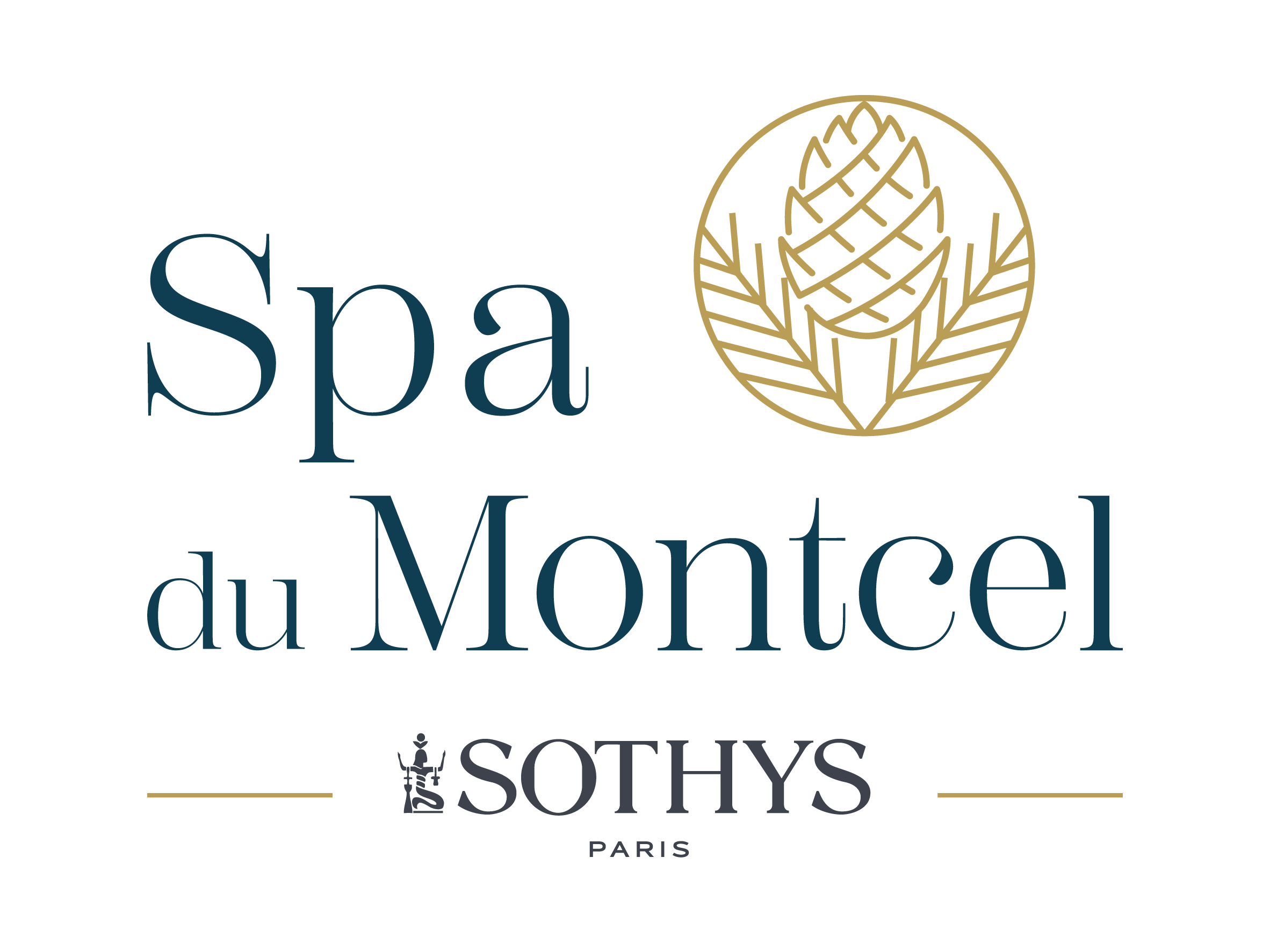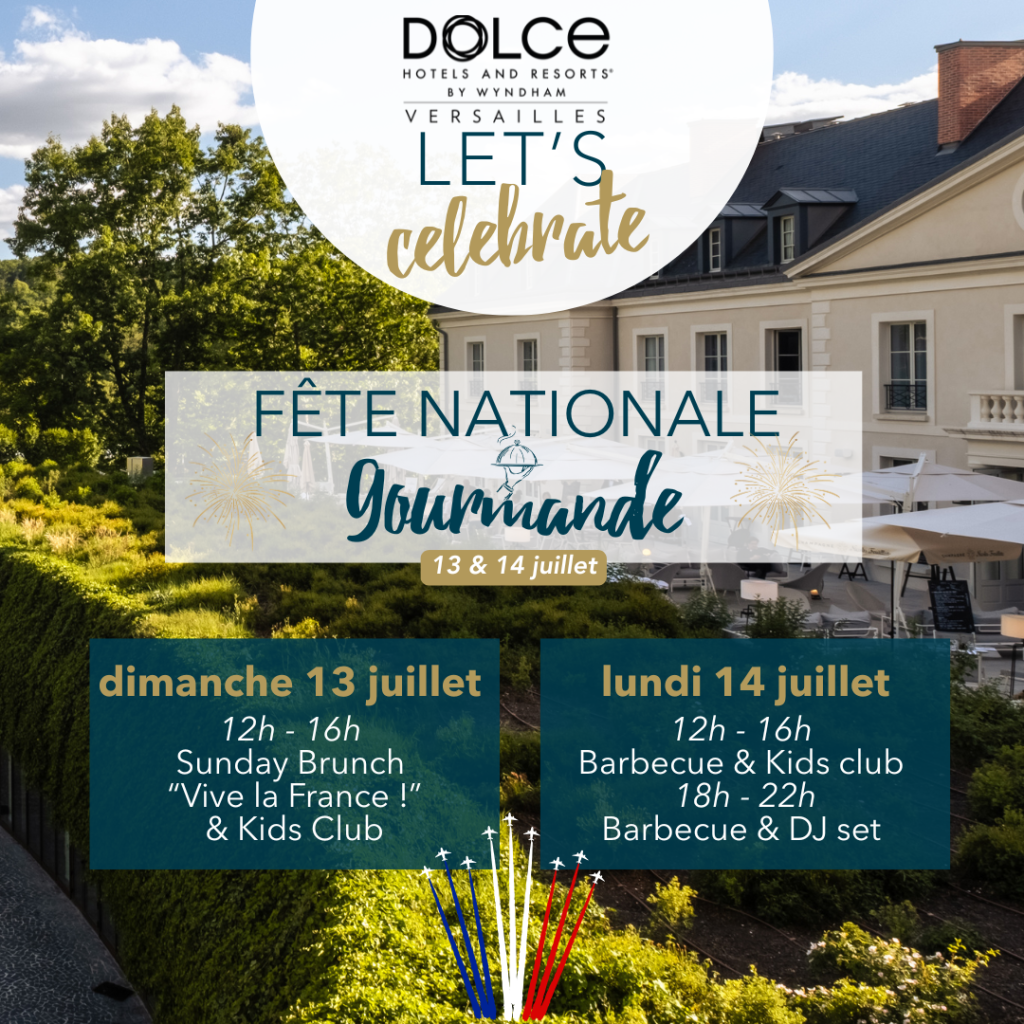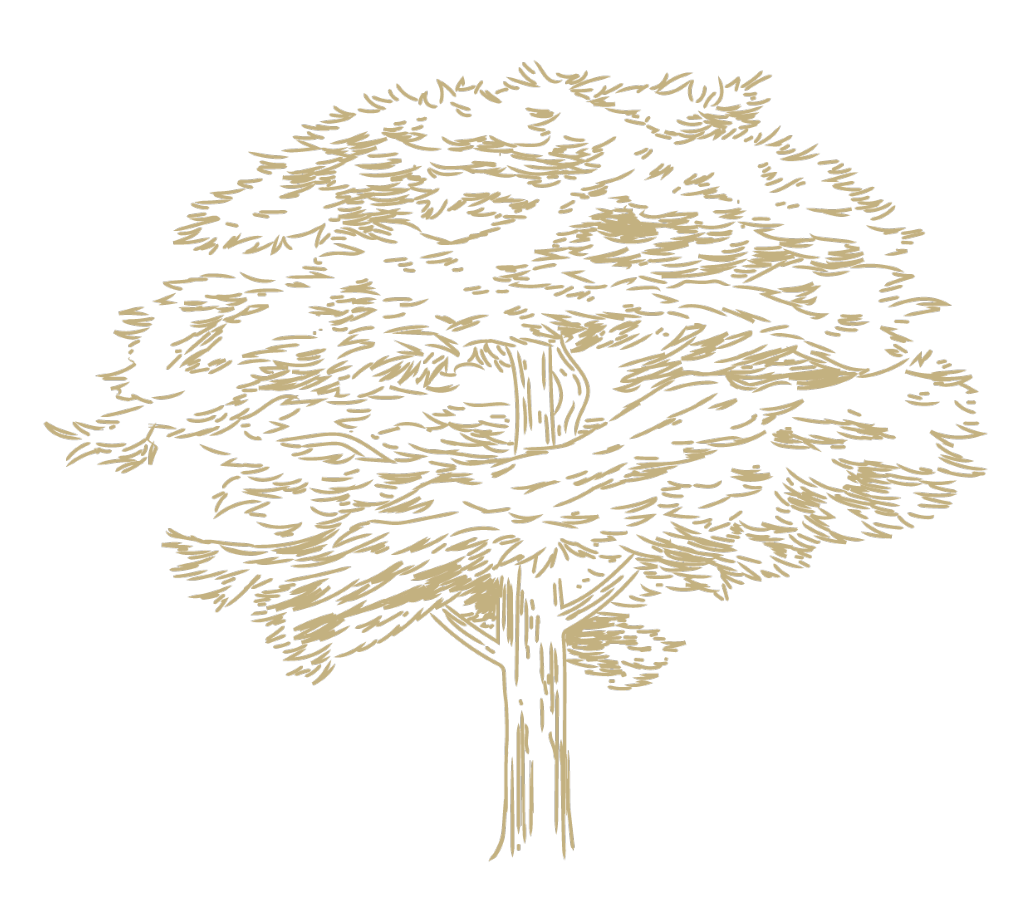
Hotel Dolce by Wyndham Versailles

HISTORY IN THE PRESENT TENSE
The Dolce Versailles hotel, comprising 178 accommodation units, opened its doors in 2024 in the heart of the Domaine du Montcel. Sound exceptional environment an the Vallée de la Bièvre hides a wealth of treasures that are waiting to be discovered as soon as you step through the gates. The path leads to a 14-hectare wooded park featuring a two-hundred-year-old cedar, a listed English garden and majestic contemporary works of art. As you stroll along, the Village des Arts catches your eye in the distance. Then the beauty of the 18th-century château is surreptitiously revealed in the midst of an abundance of nature. Its artistic atmosphere is fully reflected by the presence of contemporary works and Toiles de Jouy motifs.
Several centuries of history come together at the Dolce Versailles, a delightful place to live and a true symbol of the French art of living, where the friendly team welcomes you and places you at the centre of its attentions.
Services
Spa
Listed English garden
Conference Centre
Electric bike hire
Electric charging points
Secure parking areas
Free wifi
PRM access
Restaurants & Bar
our restaurants promise a unique culinary experience for the eyes and taste buds.
business events
Business and Private Events
True symbols of excellence meet all the criteria: a privileged location just a few kilometers from the capital, a peaceful, relaxing environment, a warm welcome, and personalized service.
The 1,800 m² conference center includes 18 meeting and reception rooms. The luminous 550 m² Baccarat room opens onto a beautiful terrace and can accommodate up to 350 people for all events.
Weddings & private events
Wellness Spa
The Spa du Montcel Sothys offers a suspended interlude for a sensory and relaxing escape. Moments of relaxation, prestigious techniques and ranges of treatments for responsible beauty that respects the skin and the environment.
Domain map
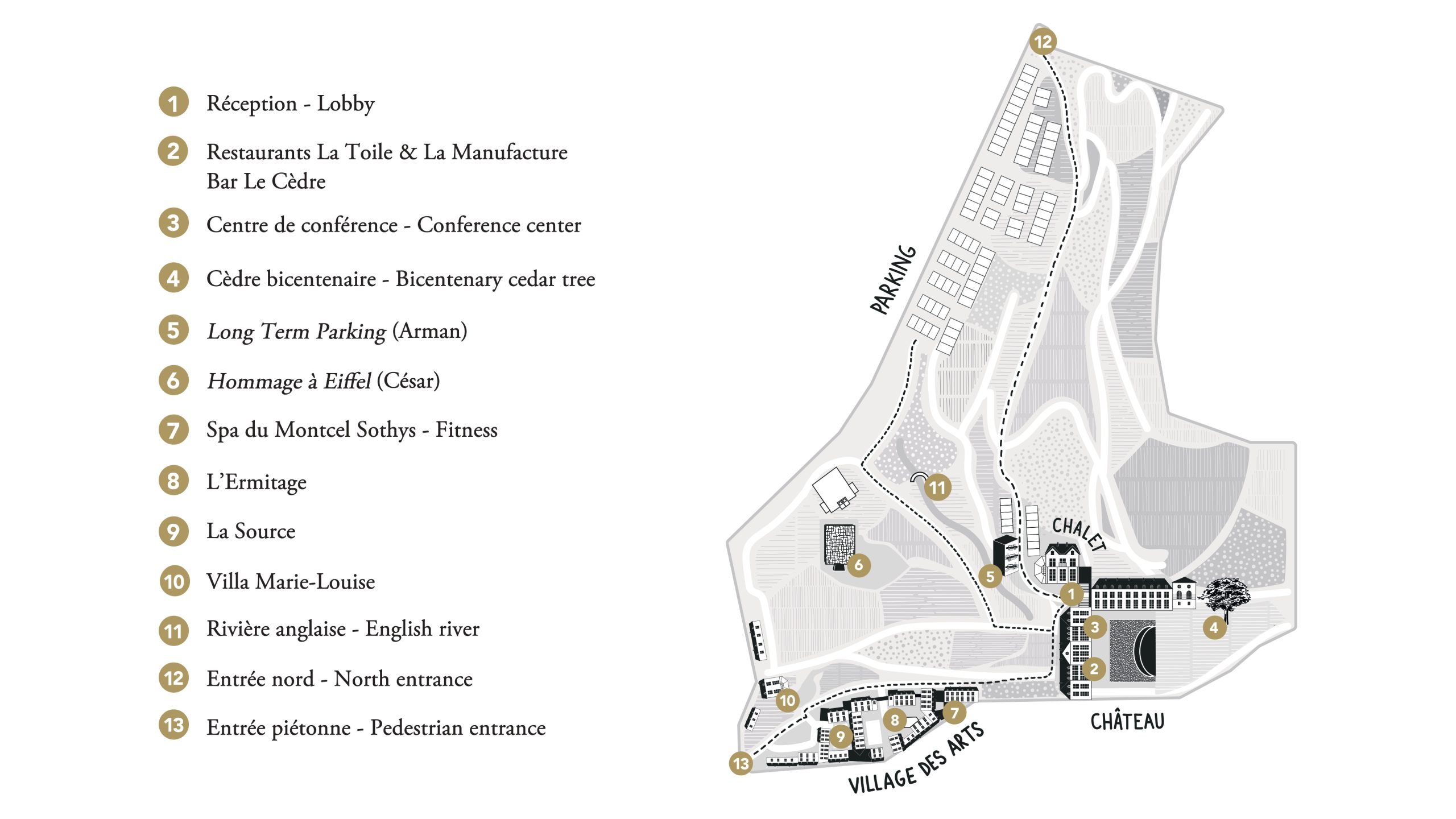
Destination & leisure
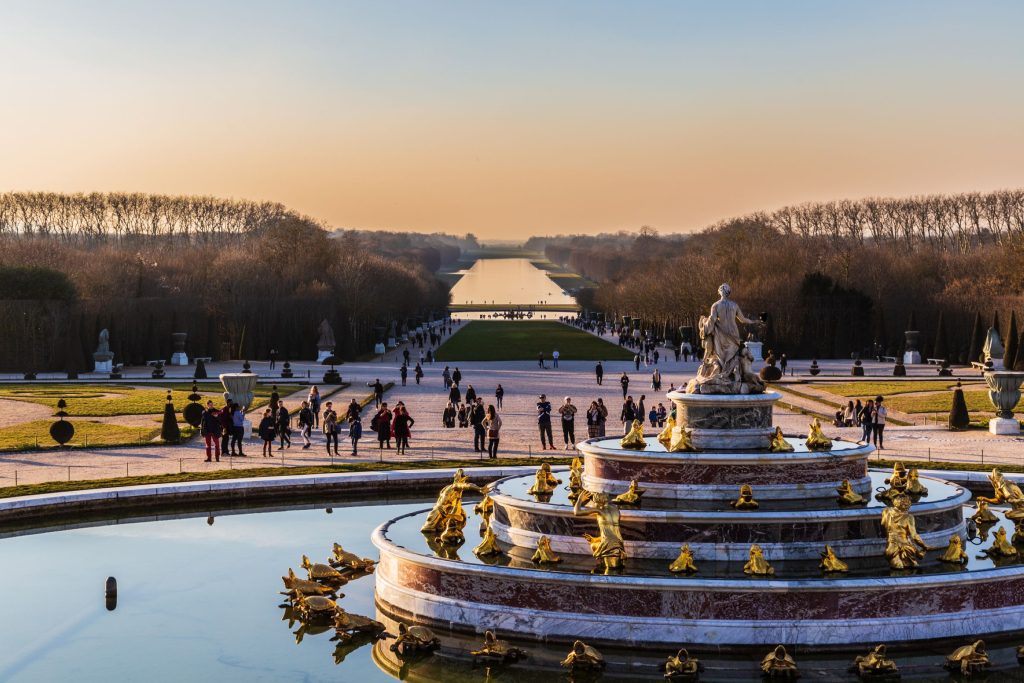
News

